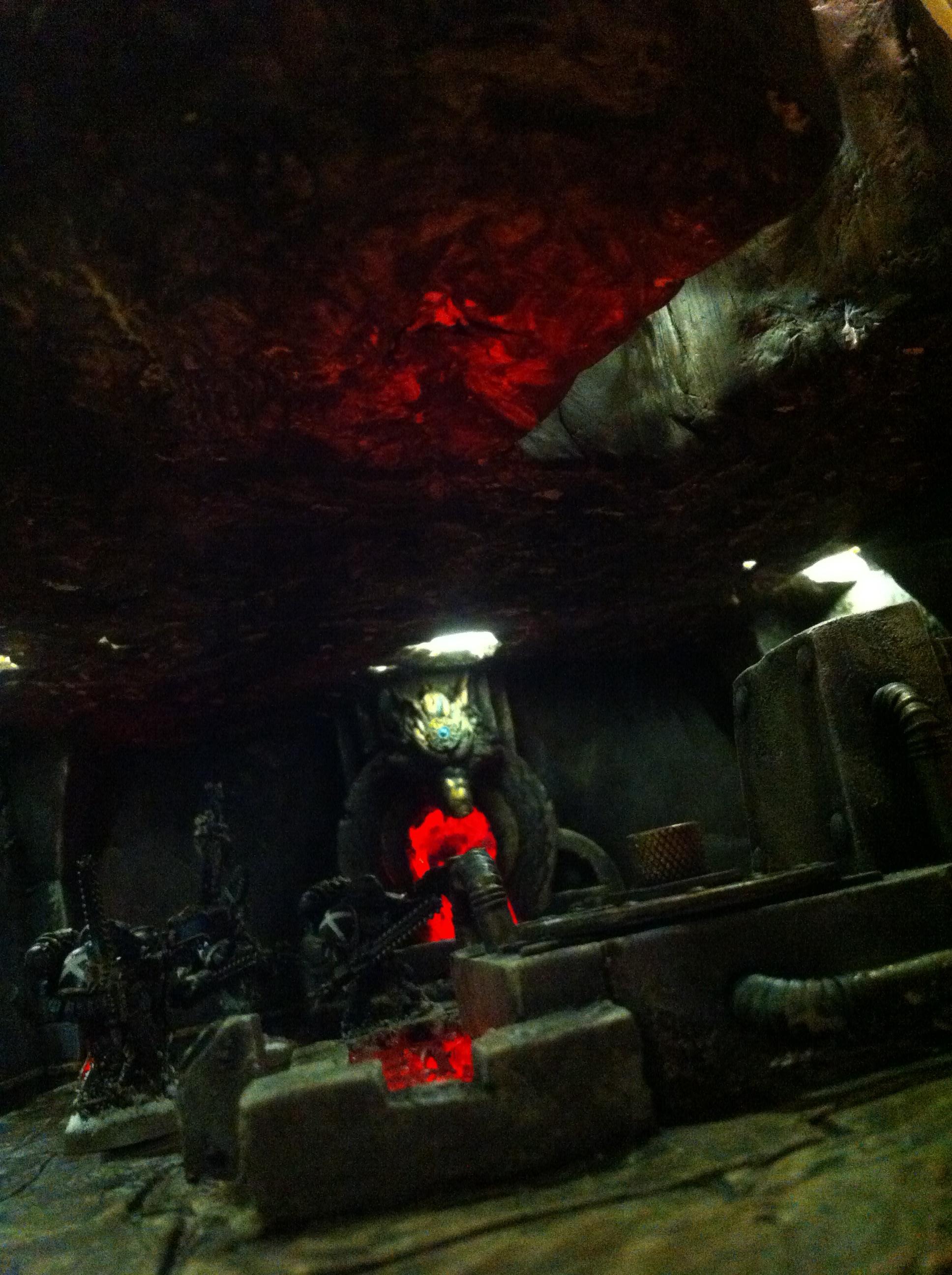
Though the temple’s fate was adventurous it never lost its religious status. It was the period when Christianity was expanding and the new religion wanted to conquer the old gods by building symbolically on the ruins of the ancient temples. AD, when it was transformed into a Cristian temple dedicated initially to Hagia Sophia and later to the Virgin Mary.

Faithful of the Olympian Gods continued to worship the Virgin Athena until the 5th c. The Parthenon was dedicated to Goddess Athena, and took its name from one of her many qualities, being a Virgen Goddess (in Greek “parthenos"), thus Parthenon! The temple was serving her and the ancient religion of the Greek Pantheon. and were completed in just nine years (record time for that period)! The decoration works started in 438 and ended in 432 BC.įact #2: The Parthenon served as a temple in various religions The Parthenon we can see today was built on the site of this previous temple. After the battle of Marathon, in 490 BC, a marbled temple began to be built around the old one but it was destroyed in 480 BC by the Persians. BC, a new temple was built, decorated with sculptures that are exhibited in the Acropolis Museum. The Parthenon was built on top of a former temple of Athena, which was destroyed by the Persians during the Persian Wars. Fact #1: There was another Parthenon before this temple When you visit the Acropolis Hill, don’t be surprised when you witness some of the temple’s brilliant marbles behind scaffolds maintenance and restoration works of the monument are almost always in progress.ĭo you love Greek mythology? Join an Acropolis Mythology Tour, guided by a local expert. The first attempts for the preservation and restoration of the Parthenon took place as early as 1896-1900 and in 1922-1933 its second restoration program took place.

The responsibility of the sculptural decoration and the ivory statue of Athena, which was inside, as well as the entire construction program of the temple, was the responsibility of the famous sculptor Pheidias. The temple was designed by Iktinos and Kallikrates, two ancient Greek architects.

The double Doric temple pavilion presents many original and unique elements in its architectural design. Before we move on to the surprising facts, let’s go through some of the most important historic facts about the Parthenon.


 0 kommentar(er)
0 kommentar(er)
